This episode explores the history of Kanhoji Angre who is called both a pirate and a Maratha naval leader. Was Angre the fierce and dreaded Angria pirate or was he the Admiral of the Maratha Empire?
Read MoreEpisode 13 | European Pirates in the Indian Ocean
European pirates in the Indian Ocean were a menace for European East India trading companies as much as Indian rulers, the Mughals and the Marathas, of the seventeenth and eighteenth centuries. In this episode, we discuss the life of pirates in the Indian Ocean and the companies that chased them, thinking of piracy as more than just thievery in the seas.
Read MoreEpisode 12 | Courtesan, Concubine, Warrior, Mughal Noble: The Life of Begum Samru
She was a courtesan, concubine, warrior, Mughal noble, leader, survivor. We discuss the interesting life of a nineteenth-century woman figure, Begum Samru.
Read MoreEpisode 11 | History of Female Impersonation and Gendered Performances in South Asia
Shilpa Menon provides the complex history of female impersonation and gendered performances in South Asia, and its relevance to contemporary issues of marginalization of minorities.
Read MoreEpisode 10 | Devi Mahatmya: The Stories of the Great Goddess
The stories of Devi, the Great Goddess.
Read MoreEpisode 9 | Manasollasa, A Twelfth-Century Chalukyan Encyclopedia on Pleasure
A discussion of the 12th century treatise on royalty, court life and pleasure—Manasollasa—written by King Someshwara III, ruler of the Western Chalukyan empire.
Read MoreEpisode 8 | Nur Jahan: The Empress of Mughal India
Was Empress Nur Jahan a feminist? Was she a conniving wannabe? We explore the truths and myths about Nur Jahan, the twentieth wife of Mughal Emperor Jahangir and the only empress of Mughal India.
Read MoreEpisode 7 | From Wellesley to Curzon: History of the Government House (Raj Bhavan), Calcutta
The history of the Government House, now the residence of the Governor of West Bengal, is a history of the British Empire in India condensed into 26 acres of land at the heart of the "white town" of Calcutta. Amongst its maidan, gardens, and cannons, the Government House stands tall in typical neoclassical fashion--conservative, traditional, and imperial. In this episode, we discuss how a building came to be conceived as the domestic face of an empire and a monument to imperial success, yet, in its use, reuse, and misuse (by birds, animals, and even gardeners of India) stands today as an apt metaphor for colonialism in the Indian subcontinent.
PHOTO GALLERY:
(Copyright for all images of the Government House in the photo gallery belongs to British Library. www.bl.uk)
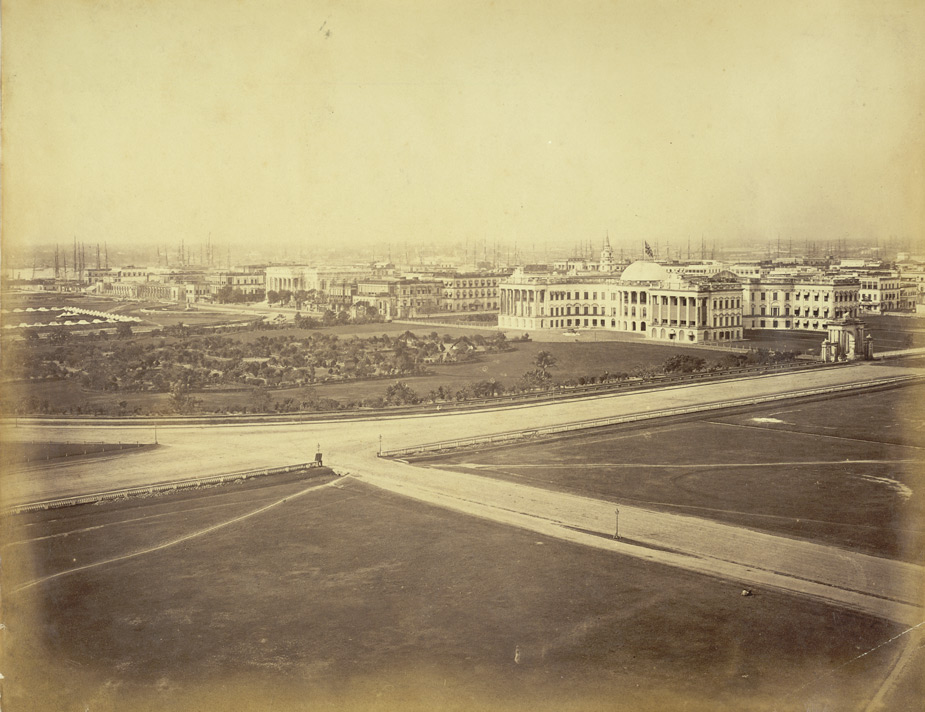

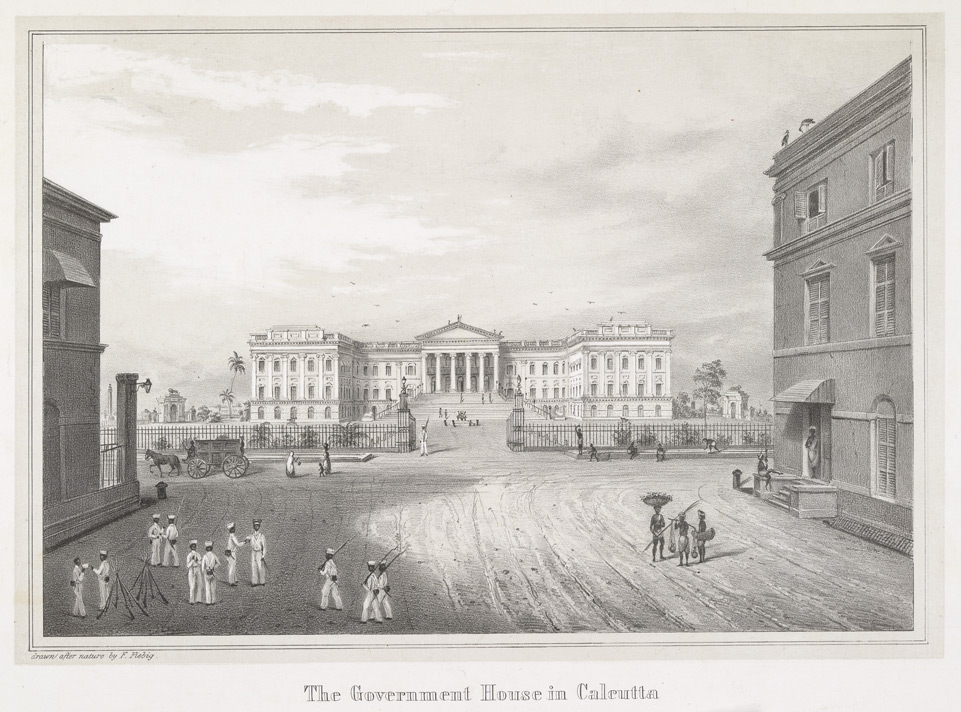
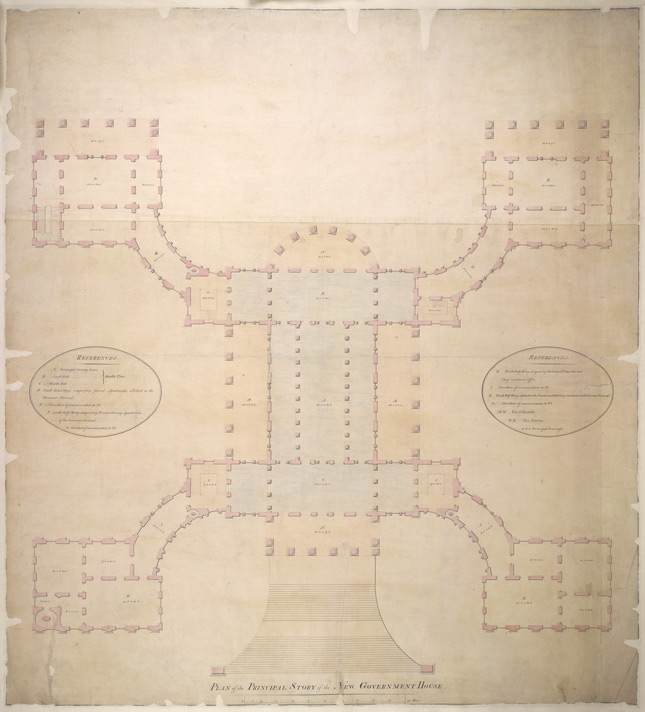
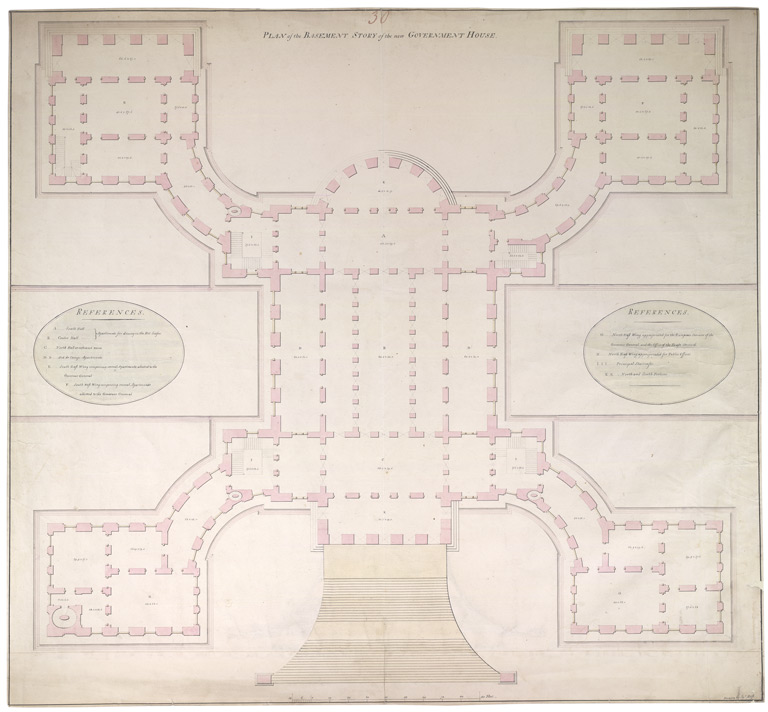
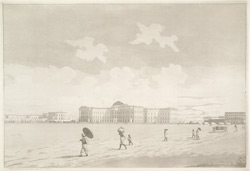

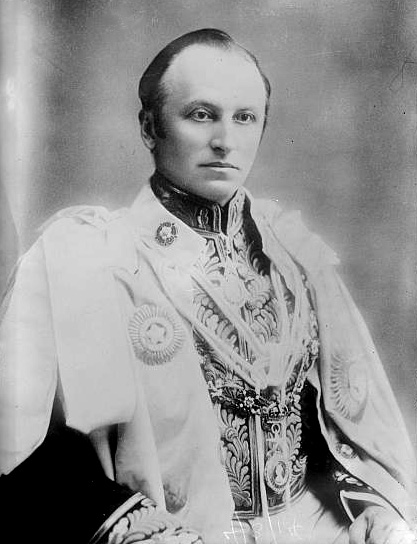
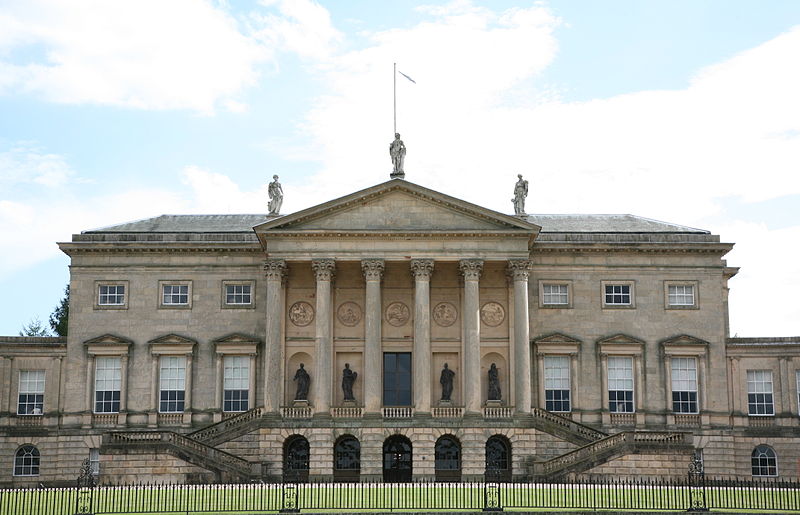
SHOW NOTES
The following discussion points are included in the podcast
Introduction
Political significance of the Government House
Government House as a representation of the Empire
Controversy
Gardens surrounding Government House
Soirees, parties, and nocturnal animals
The politics of the garden - as a space of recording British conquest
Architectural history
Resemblance to Keddleston Hall in Derbyshire, England
Familial connections to Governor General Curzon
Characteristic features
Celebrating political and military achievements at the Government House
Some events
Trophy room
Criticism of the Government House
Conclusion
Nostalgia
Monumentality
Historical marker
REFERENCES:
Blechynden, Kathleen, and Nisith Ranjan Ray. 2013. Calcutta: past and present. Kolkata: Aruna Prakashan.
Carey, W. H. 1964. The good old days of Honorable John Company; being curious reminiscences during the rule of the East India Company from 1600-1858. Calcutta: Quins Book Co.
Cotton, Evan. 1907. Calcutta, old and new; a historical & descriptive handbook to the city. Calcutta: W. Newman.
Curzon, George Nathaniel. 1925. British Government in India: the story of the viceroys and government houses. London: Cassell.
India. 1926. British India from Queen Elizabeth to Lord Reading. By an Indian Mahomedan, etc. [With portraits.]. London: Sir I. Pitman & Sons.
Pearson, R. 1954. Eastern interlude; a social history of the European community in Calcutta. Calcutta: Thacker, Spink.
Episode 6 | Emperor Jahangir: The Pleasure-Seeking Mughal of Early Modern India
Emperor Jahangir loved alcohol, opium, hunting (shikar), and, like all good South Asians, mangoes. His numerous experiences with all the above, his beloved wife Nur Jahan, his son, the future emperor Shah Jahan, and more were written down by him in his autobiography Tuzuk-i-Jahangiri. In this podcast, we discuss the colorful pleasure-seeking life of this Mughal emperor - a man who was selfish, addicted, humorous, and generous, all at once.
SHOW NOTES
We discuss:
Introduction to Tuzuk-i-Jahangiri
Akbar “Fanboying” - legitimacy and sovereignty through parental respect and similitude
Gift-giving (Khillat) Ritual
Jahangir - an effective administrator
Law and Order under Jahangir’s Rule
Jahangir - the pleasure-seeker
Favorites - Wife Nur Jahan and Son, the future Shah Jahan
Some quotes from Jahangiri included in the pod:
“…the good qualities of my revered father are beyond the limit of approval and the bounds of praise.” [On Akbar]
“On one particular night in Day I dreamt that the late said to me " for sake king (Akbar) : Baba, forgive my the fault of 'Aziz Khan,who is the Khan A'zam." After this dream, I decided to summon him from the fort (of Gwalior).” [On Akbar]
“…three rubies and 103 pearls, 100 rubies (yaqilt), two jewelled daggers and an aigrette adorned with rubies and pearls, a jewelled water-jar, a jewelled sword, a quiver bound with velvet, and a diamond ring, altogether of the value of about 100,000 rupees, in addition to jewels and jewelled things, cloth from the Deccan and Carnatic, and all kinds of gilt and plain things, with fifteen elephants and a horse whose mane reached the ground.” [Gift-giving]
“In order to avert the bad omen of this I had myself weighed against gold, silver, cloth, and grain, and gave away in alms all kinds of animals, such as elephants, horses, etc., the cost of all of which was 15,000 rupees.” [Generosity and Superstition]
Royal elephants shivered in winter when sprayed with cold water - 'I observed this/ he says,‘and so I ordered that the water should be heated to the temperature of luke-warm milk.’ And he adds :‘ This was entirely my own idea ; nobody had ever thought of it before.’ [Generosity]
“For fear that some injury might occur to the country and the servants of God, I kept this secret from most of those familiar with and near to me, and did not inform the physicians and hakims. A few days passed in this manner, and I only imparted this to Nur-Jahan Begam, than whom I did not think anyone was fonder of me.” [Nur Jahan]
“On the 7th, as the huntsmen had marked down four tigers, when two watches and three gharis had passed I went out to hunt them with my ladies. When the tigers came in sight Nur-Jahan Begam submitted that if I would order her she lierseli would kill the tigers with her gun. I said, "Let it be so.'’ She shot two tigers with one shot each and knocked over the two others with four shots. In the twinkling of an eye she deprived of life the bodies of these four tigers. Until now such shooting was never seen, that from the top of an elephant and inside of a howdah amarl) six shots should be made and not one miss, so that the four beasts found no opportunity to spring or move.” [Admiration for Nur Jahan]
Suggested reading:
Jahangir, Alexander Rogers, and Henry Beveridge. 2015. The tūzuk-i-Jahāngīrī, or, Memoirs of Jahāngīr. (A version of this can be found at www.archive.org.)
Muṭribī al-Aṣamm al-Samarqandī. 1998. Conversations with Emperor Jahangir. Cost Mesa, Calif., U.S.A.: Mazda Publishers.
Richards, John F. 1995. The Mughal Empire. Cambridge [England]: Cambridge University Press.
Gordon, Stewart. 2003. Robes of honour: khil'at in pre-colonial and colonial India. New Delhi: Oxford University Press.
If you would like to hear or learn more on a particular history/culture topic related to South Asia, please leave us a note in the comments below and we will record it!
Episode 5 Pem Nem: A Love Story from Seventeenth-Century Deccan
Pem Nem, a love story of longing, despair, and ultimate unification is discussed in this pod as an example of the multiculturalism of the Deccan Sultanate courts of the seventeenth century. Seen as a period of cultural efflorescence, the reign of rulers like Ibrahim Adil Shah II (r.1579-1627) of Bijapur and Muhammad Quli Qutb Shah (r.1580-1611) of Golconda, themselves creative and erudite, are marked by the vivid richness of their court cultures and the vast literary and artistic production of the period.
Prince Shah Ji with the impression of his love princess Mah Ji whom he has never met, seen pining for his love here and framed by the flames of his passion. Image courtesy: The British Library (see below for link).
You can access more images at the British Library and The Met.
References and further reading:
Deborah Hutton, "The Pem Nem: A Sixteenth-Century Illustrated romance from Bijapur" in Sultans of the South: Arts of India's Deccan Courts, 1323-1687, edited by Navina Najat Haidar and Marika Sardar (Metropolitan Museum of Art and Yale University Press, 2011): 44-63.
D.J. Matthews, "Eighty Years of Dakani Scholarship", The Annual of Urdu Studies, No. 8 (1993): 91-108.
David Matthews, "Pem Nem: A 16th Century Dakani Manuscript" in From Cairo to Kabul: Afghan and Islamic Studies presented to Ralph Pinder-Wilson, edited by Warwick Ball and Leonard Harrow (London: Melisende, 2002): 170-175.
Marika Sardar, "The Manuscript of the Pem Nem (The Laws of Love)" in Sultans of Deccan India 1500-1700, Opulence and Fantasy, by Navina Najat Haidar and Marika Sardar (New York: Metropolitan Museum of Art, 2015): 97-98.
Mark Zebrowski, Deccan Painting (Sotheby Publications, University of California Press, 1983): 67-121.
Episode 4: Lutyens' Delhi, The Last Imperial Capital of the World
Are there water fountains on top of the Rashtrapati Bhavan in New Delhi aka the Viceroy's House in British India? Why is Mehrauli Park so green? Why is New Delhi called Lutyens' Delhi?
Find out in our New Podcast on New Delhi!!
Read MoreEpisode 3: Tipu Sultan, The Tiger of Mysore
Show notes for the podcast Tipu Sultan, The Tiger of Mysore.
Read MoreEpisode 2: India at the Great Exhibition of 1851
Manamee Guha and Deepthi Murali discuss Indian objects and the politics of representation and empire at The Great Exhibition of 1851 in Hyde Park, London.
Read More
